Announcer:
A PBS Wisconsin original production. The following program is part of our “Here & Now” 2020 election coverage.
Frederica Freyberg:
UW-Madison continues to see day-over-day triple digit numbers of positive COVID cases at the end of the first week of all-virtual instruction, numbers that contribute to record positive case numbers statewide. Even with the virus spiking, the Big 10 conference announced it will kick off a fall season of football starting in October, a decision that President Trump took partial credit for as he visited Mosinee Thursday during a week that began with his running mate, Mike Pence, rallying the vote in Janesville.
Mike Pence:
Four more years in the White House.
Frederica Freyberg:
I’m Frederica Freyberg. Tonight on “Here & Now,” coming in hot to the November election with more than a million absentee ballots being mailed out to Wisconsin voters this week. We’ll hear from the head of the state Elections Commission. A UW epidemiologist on the latest record COVID-19 numbers and what this means for schools and communities. State School Superintendent Carolyn Stanford Taylor is here to talk about the effect of the pandemic on school districts. And a new report shows the toll the virus is taking on the Wisconsin workforce. It’s “Here & Now” for September 18.
Announcer:
Funding for “Here & Now” is provided by the Focus Fund for Journalism and Friends of PBS Wisconsin.
Frederica Freyberg:
What are the continued health risks in Wisconsin’s public school and college classrooms? And what about the communities that surround those schools? We take these questions to Malia Jones, an infectious disease epidemiologist at UW-Madison. Thanks very much for being here.
Malia Jones:
Thanks for having me.
Frederica Freyberg:
As you know, Wisconsin just saw an alarming uptick of cases this week which coincide with the start of school, both K-12 and on college campuses. Are you surprised by these kinds of numbers?
Malia Jones:
Well, they certainly are disappointing, but I’m not precisely surprised. The concern with having both K-12 kids and college campuses return to classes in person is that classrooms are a very high density, indoor setting and there’s a lot of risk for COVID-19 to spread in those kinds of settings.
Frederica Freyberg:
And so the risk spreading in those settings, what about the risk spreading beyond those settings into their larger communities?
Malia Jones:
Yeah. And I think that’s a great question, especially when we’re thinking about college campuses. But, you know, the way infectious diseases work is they spread from person to person through close contact. And one of the features of this disease is it’s mostly spread through indoor air environments, as it turns out, and occasionally outdoor air environments as well. So what we think about what we — you know, a school is not a bubble. People go to school and then they go home again and they breathe the same air as the other people in their households and then those other people may go to a different school the next day or to a workplace. So there’s a lot of potential for disease to be transmitted from a school setting to lots of other settings in the community.
Frederica Freyberg:
What is your expectation that the two-week quarantine imposed at Madison and La Crosse campuses will send numbers back down again?
Malia Jones:
I do hope that quarantine period will allow this huge surge in cases that we have seen to subside and curb that exponential spread. But the way that the dynamics of infectious disease work, it’s unlikely to completely eliminate all the disease on those campuses. Just because some people — the disease can incubate for up to 14 days and on rare occasions even longer. So the two-week quarantine should get most of us through that big surge, but, you know, if people have infected their roommates, we won’t see those cases even emerging for probably the second week of the quarantine. And so, you know, I think it will help, but it’s unlikely to really completely resolve the problem.
Frederica Freyberg:
Some students meanwhile have returned home because of this quarantine, whether in state or out-of-state. Presumably we run the risk then of further spread?
Malia Jones:
Yeah. Sending the college students back home at this time I think is a really risky proposition. And in fact we have some good evidence that sending college students home in the spring contributed to outbreaks of disease all over the country as they returned back home to their families. And so I do think it’s really important that students remain in place and in particular if their parents — if they’re going back to live with their parents who may be older or higher risk, they should not expose themselves to those people.
Frederica Freyberg:
As for K-12 schools which are also driving the numbers, several have experienced COVID cases and gone from in-person learning back to virtual.
Malia Jones:
Yeah.
Frederica Freyberg:
Was that expected as well?
Malia Jones:
Yes. Most epidemiologists including myself did expect that to happen. I think early on there was a lot of hope that kids would just somehow not be very good at spreading this disease. But there wasn’t a lot of hard evidence to suggest that was really the case. And so I’m not surprised. But I am of course really disappointed.
Frederica Freyberg:
Absolutely. And now we learn that a 47-year-old teacher in Suamico died after being hospitalized with this virus.
Malia Jones:
Yeah.
Frederica Freyberg:
How real does this make the risks?
Malia Jones:
Yeah. I think those of us who have been paying really close attention were unfortunately expecting that news. But, you know, that doesn’t make it any easier to swallow. It’s really a tragic situation.
Frederica Freyberg:
In a perfect world for infectious — infection control, how would we manage going to school?
Malia Jones:
Well, let’s see. In a perfect world for infection control, I think we would rewind the clock and do a true six-week shutdown and eliminate all of the circulating COVID-19 in the state of Wisconsin and nationally. And then we would not have any COVID-19. It would require international, national and state cooperation in order to achieve that. And that just didn’t happen. We’re in a situation where there is circulating disease and there’s not a good way to control that in a school setting.
Frederica Freyberg:
All right. We leave it there. We appreciate your expertise. Malia Jones, thank you.
Malia Jones:
Yeah. Thank you for having me on.
Frederica Freyberg:
280 out of the state’s 421 school district reported plans to begin the term with some form of in-person instruction. Things are changing. Many schools now reverting to online, at least temporarily. The challenges of learning during COVID were front and center in the state superintendent of schools’ annual state of education address on Thursday. I spoke with Superintendent Carolyn Stanford Taylor following that address. Superintendent, thank you very much for being here.
Carolyn Stanford Taylor:
You’re welcome. Thanks for inviting me.
Frederica Freyberg:
So how would you grade how this coronavirus school year is going, just a couple of weeks into it now?
Carolyn Stanford Taylor:
Well, I think we would give them an “A” for effort, because I know all of our educators and district administrators have been busy. They have not missed a beat since corona presented itself and we had to shut down our schooling in person. They have been preparing since March, getting ready for this fall.
Frederica Freyberg:
How concerned are you that several districts now have had to pull back and revert to online after positive cases have come up in their schools?
Carolyn Stanford Taylor:
That was one of the things they prepared for, for those districts who decided to go in-person. They also had other plans, so there’s a virtual plan, there’s a hybrid plan, just in case. Even though they put in all the precautions that they could have done to make sure that staff and students were safe, you don’t control all the variables. And so the planning was already in place for if they needed to close temporarily and have students go to online.
Frederica Freyberg:
Now, you say that you’ll be asking for additional funding for special education and mental health services. Why is that even more critical now?
Carolyn Stanford Taylor:
So we know that many of our students with IEPs, Individual Education Plans, need to have some services that are in person. But we also know that over a span of time, we’ve lost that contribution from our state. It has been at a high of 60 plus percent and down to 25% support from our state. And we’re trying to get that amount back up because what happens is we still have to provide those services and then districts are pinched by having to take money from the general fund that would support all kids to support special education. And so if we can make a commitment to supporting our kids with special needs, those dollars that were taken from the general fund can be replaced and districts can use those in other ways.
Frederica Freyberg:
What are you finding about how critical the needs are for mental health services at this time?
Carolyn Stanford Taylor:
We know from our youth risk behavior survey that prior to the pandemic, we had one in five students who presented with some mental health issue who had some concern around anxiety, depression, suicidal ideation. And with COVID, them being separated from friends, separated from school contact, with hunger in some instances and unemployment in families, it’s just served to escalate those concerns. So we know there was a need before the pandemic and we know there’s an even greater need right now.
Frederica Freyberg:
Addressing racism was key in your address. What is your message around equity in our schools and communities?
Carolyn Stanford Taylor:
One of the things I think we need to do is to reexamine our systems. Our system of education has been in place for years. And it was based on a certain type of student. What we’re hearing our students and our families from marginalized populations saying is that we feel disenfranchised. That the curriculum oftentimes doesn’t make me feel like I’m a part of this thing called schooling. I’m not learning about myself and my heritage. There’s not the authentic teaching and appreciation for who I am and what I bring. And I think we have to seize this opportunity, listen to those voices, look at our standards that talks about how we educate and how we talk about our history with different populations. And we have to integrate that. We have to listen to the voices of our students, of our parents and others in our community who are saying that we, too, are a part of making the future of this country great. And we have to make sure that we act on it. We don’t just listen, but we act on it.
Frederica Freyberg:
We need to leave it there. Superintendent Carolyn Stanford Taylor, thanks very much.
Carolyn Stanford Taylor:
Thank you.
Frederica Freyberg:
If you are among the more than one million voters in Wisconsin who has already requested one, your absentee ballot should be in the mail to you. That’s because election clerks worked overtime to get them out by Thursday’s deadline. But that number, already a million, is going to be an election like no other. For facts and figures, we turn to the administrator of the Wisconsin Elections Commission, Meagan Wolfe, and thanks very much for being here.
Meagan Wolfe:
Thanks so much for having me.
Frederica Freyberg:
So a million absentee ballots have already been requested. What are your projections about how many in total may vote absentee in Wisconsin for the November 3rd election?
Meagan Wolfe:
Well, it’s difficult to really predict because like you said, this will truly be an election unlike any other. So we can look to previous elections this year for some guidance. In the April election, we saw that about 60% of voters that participated participated using absentee by mail. In the August election, the August statewide election, we see that number go closer to 80%. And so we don’t know exactly what the voter behavior will be for the November election, but we know that we must be prepared for a very high volume in all of the three statutorily available options for voters to cast their ballot.
Frederica Freyberg:
But given the high numbers of absentee ballots, when should we expect election results?
Meagan Wolfe:
Well, our local election officials are also working to prepare their systems to accommodate the new volume of absentee ballots. State law says our local election clerks cannot begin processing, tabulating those absentee votes until 7:00 a.m. on Election Day. So they really do have a very small window of time to process all those ballots. That said, they’re preparing in all of our jurisdictions to put more resources towards that process. But I think it’s incredibly important to add to this conversation that election night results are always unofficial. It takes nearly a month in every election to certify the official results and the official winners of a contest.
Frederica Freyberg:
So it seems likely that we’d be looking sometime past the evening of November 3rd for even those unofficial results. But I want to move along. President Trump told people to test the system by voting twice, once by absentee ballot and then again at the polling place. What should voters know about that advice?
Meagan Wolfe:
Sure. So if you receive an absentee ballot by mail, so if that’s the method that you choose, you do have some options. If you don’t send that ballot back, voters are still eligible to cast a ballot and to vote at the polls on Election Day and essentially cancel their absentee by mail. However, if you have returned your absentee ballots, you are not eligible to vote at the polls on Election Day. And your local election official will of course have that information. There’s a watermark on the poll book that indicates the status of your absentee ballot. So you would not be allowed to cast an absentee ballot on Election Day if you had returned your absentee. But you certainly shouldn’t try that either, because if you do attempt that, it could be referred to a district attorney and considered to be a form of voter fraud.
Frederica Freyberg:
The president also warns of massive fraud as a result of absentee voting. What are the facts on that in Wisconsin?
Meagan Wolfe:
So after elections, we are required to produce a report that shows instances of voter fraud. And our commission just approved the most recent report, which takes a look at the elections already here in 2020, as well as some of the previous elections last year. And over that course of that reporting period, so we’re required to do this every year, we saw about 20 instances statewide. And, again, that covers the gamut of more than a year worth of elections in the state of Wisconsin.
Frederica Freyberg:
There are concerns about the U.S. Postal Service and its ability to deliver ballots on time that being as of the close of voting on November 3rd. What should people who want to vote that way do?
Meagan Wolfe:
So if you’re interested in voting by absentee ballot by mail, make sure you’re leveraging the time that we have before Election Day. So all absentee ballots must be received by your local election official no later than 8:00 p.m. on Election Day. And the USPS has told us and has told us for a number of years now that each journey of your ballot can take up to a week. So it can take up to a week for that ballot to get to you and up to a week for it to get back to your local election official. So please plan accordingly. If you’re going to use that option, make your request right away. Once you receive your ballot, return it right away. If you are close to the deadline, there are other options to return your ballot, including in-person drop-off at your local election official’s office. And many of your communities may also have drop boxes locations where you can also drop off those absentee ballots.
Frederica Freyberg:
One issue in the midst of COVID-19 is that nursing home residents won’t see election deputies in their facilities to help them complete their ballot because you’ve said you feel it’s just too risky. What are those residents to do if they cannot complete their ballots without help?
Meagan Wolfe:
Any state of Wisconsin elector is allowed to choose an assister of their choice. So this could be someone in those care facilities of their choosing could assist them. We’ve heard of some residents that may utilize things like Facetime or Skype to communicate with a loved one to help them, assist them in that process. So there are options available to those voters. We’ve also sent out extensive training to those care facilities so their residents as well as their staff understands how to assist a voter and what they’re not able to do in terms of influencing a voter’s options.
Frederica Freyberg:
All right. We leave it there. Meagan Wolfe, thanks you very much for joining us in the midst of this very busy time.
Meagan Wolfe:
Of course. Thank you.
Frederica Freyberg:
Now more on COVID-19-related news and the toll the pandemic is taking on the state workforce. The latest report from the UW-Madison Center on Wisconsin Strategy is a product of the center reaching out to workers around the state to better understand the impact of the pandemic on them in a wide variety of job settings. Laura Dresser is associate director at COWS and thanks very much for being here.
Laura Dresser:
I’m really glad to be here. Thanks.
Frederica Freyberg:
The jobless rate is improving slightly, down to 6.2% in August according to new numbers. Is that reason for some optimism?
Laura Dresser:
For sure. It is great to see that rate go down. The contraction from the shutdown in March was intense and off the charts like nothing we’ve ever seen. Unemployment spiked up to 13. It has come down. It’s coming down more slowly now. It’s still — we used to be right around 3%, 3.5%. So we’re still quite a bit higher than before. And the people who are suffering, I think especially the folks from leisure and hospitality, restaurants, hotels, that’s where a really intense story of dislocation and income loss is even today.
Frederica Freyberg:
Of course. What’s the disconnect between discussion of how great the stock market is doing and the average Wisconsin worker today?
Laura Dresser:
I mean, the disconnect is pretty intense. We know that we have historic highs, have hit historic highs this year in the stock market in spite of the fact that this economy is — has — has — is in crisis for so many people. And I think that’s really a contradiction that in doing research in the economy we’ve tried to point out all the way along, that what we see happening in the stock market is not reflected at the middle of the labor market, not reflected in the median worker’s life in this state. This is this extreme version where in spite of incredible suffering and dislocation, economic material desperation in this nation, we have a kind of disconnected reality for the rich.
Frederica Freyberg:
Now, the superintendent of Wisconsin schools in her annual address this week said that COVID laid bare opportunity gaps. From an economist’s vantage, how does it also lay existing economic inequalities bare, especially disparities between black and white people?
Laura Dresser:
I think maybe people are familiar with the health outcomes, where black and brown communities are three times as likely to — this is nationally, three times as likely to contract the disease, twice as likely to die from the disease. But underneath you also see incredible — the income disparities, especially racial economic disparities, exposed and exacerbated by this. I think specifically of — I was talking earlier about restaurant workers. The workers at the bottom of the labor market, more likely in restaurants and food service, are the ones who lost their jobs, who don’t, can’t find jobs to go back to. In the first place, they were in jobs that had pretty low hours — pretty variable wages — I mean pretty variable hours and very low wages, sorry, and really weak benefit packages. Those ones have absorbed all this intense shock. Those are more likely black and brown workers in the state. And also specifically thinking about the workers in meat-packing plants, which are largely immigrants, mostly from Latin America in most of the settings in this state that had outbreaks, so that that intense — was intensely experienced through work by those communities.
Frederica Freyberg:
Now, you describe uncertainty for people who are unemployed, of course. But what is the worst of that uncertainty in your mind with really less than a minute left?
Laura Dresser:
The worst of the uncertainty is I think the inability to see people treating this as a national economic crisis, where the health care — the situation in our health is requiring — is displacing some people and they need income support to keep food on their tables and keep themselves in housing. And those people, once the extra unemployment insurance from the federal CARES Act ran out at the end of July, the nation has basically looked away. That problem hasn’t gone away and COVID hasn’t gone away and those workers are in desperate need.
Frederica Freyberg:
Laura Dresser, thanks very much. Thanks for your work.
Laura Dresser:
Thanks for having me.
Frederica Freyberg:
And this Wisconsin economy note. This afternoon Governor Tony Evers announced he asked for and received the resignation of Workforce Development Secretary Caleb Frostman. Evers said Wisconsinites should be receiving their benefits sooner.
Just weeks ago the national spotlight was on Kenosha. Now that the out-of-town protesters and media have left, the community is still showing up to figure out next steps. Marisa Wojcik sat down with Daniel Thompson, a former editor at the Kenosha News who resigned after the newspaper published what he considered an irresponsible headline to talk about how Kenosha has been represented and how he hopes to elevate more voices and create greater transparency in local reporting with his own media organization called the Uptown Observer.
Daniel Thompson:
In a time where, badly, Kenosha needs de-escalation and the nation needs de-escalation, we have irresponsible headlines that are escalating things. We have law enforcement officers and commanders have decided to respond with brute force instead of actually talking to the people or listening. So that’s escalated things. And then we had a call-out because of that escalation for our militia, which led to a 17-year-old person from out of my city, out of my state, coming in and killing two of my people. Two. Two of my people. You can see as I talk about it what happens is that I start getting upset, because it’s difficult to watch a situation boiling over when there are so many people that could cool it down. But they don’t. And that’s kind of where Kenosha is at right now, is that there are so many people who want change, there are so many people who want things to be different, but is leadership actually going to do it.
Frederica Freyberg:
You can watch that full interview at PBSwisconsin.org/news. Marisa Wojcik’s series on racial justice and the media continues next week on her livestream “Noon Wednesday.”
Stay with us online throughout the week for updates on the racial justice movement in Wisconsin and look for a new COVID-19 report from our partners at WisContext.org on how to track local and state case numbers. That’s WisContext.org.
And that is our program for tonight. I’m Frederica Freyberg. Have a great weekend.
Announcer:
For more “Here & Now” 2020 election coverage, go to PBS.org and click on news. Funding for “Here & Now” is provided by the Focus Fund for Journalism and Friends of PBS Wisconsin.
Search Episodes

Donate to sign up. Activate and sign in to Passport. It's that easy to help PBS Wisconsin serve your community through media that educates, inspires, and entertains.
Make your membership gift today
Only for new users: Activate Passport using your code or email address
Already a member?
Look up my account
Need some help? Go to FAQ or visit PBS Passport Help
Need help accessing PBS Wisconsin anywhere?

Online Access | Platform & Device Access | Cable or Satellite Access | Over-The-Air Access
Visit Access Guide
Need help accessing PBS Wisconsin anywhere?

Visit Our
Live TV Access Guide
Online AccessPlatform & Device Access
Cable or Satellite Access
Over-The-Air Access
Visit Access Guide
 Passport
Passport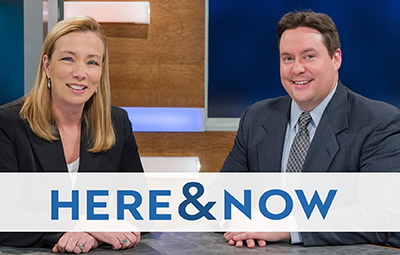
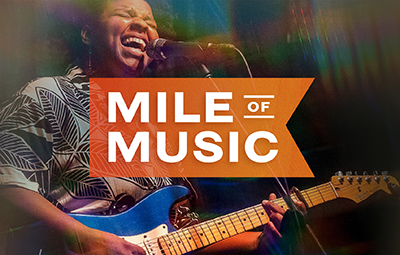

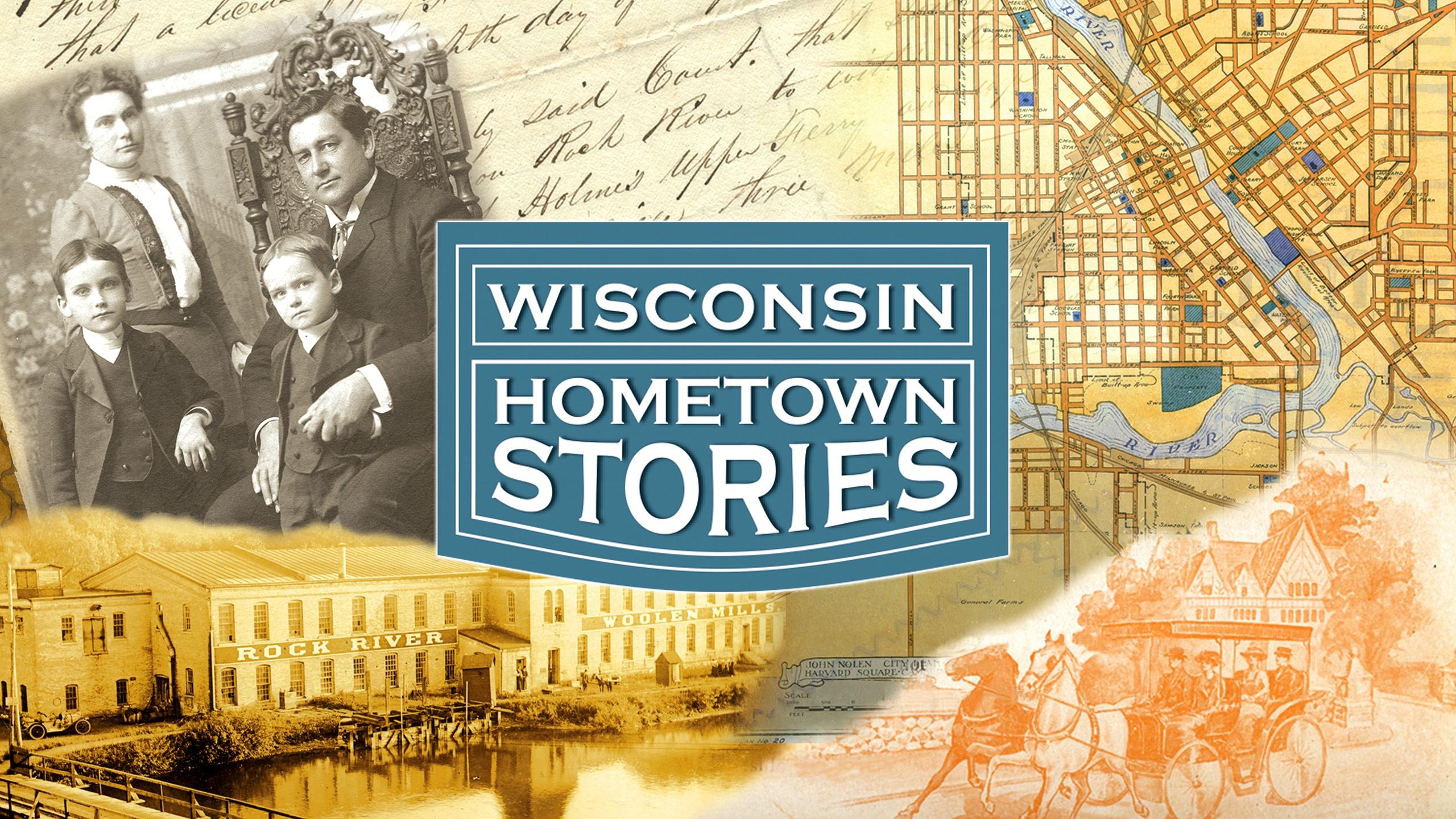


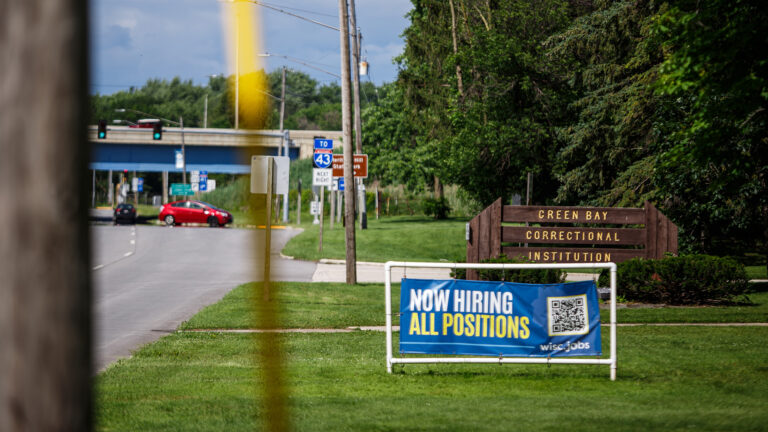
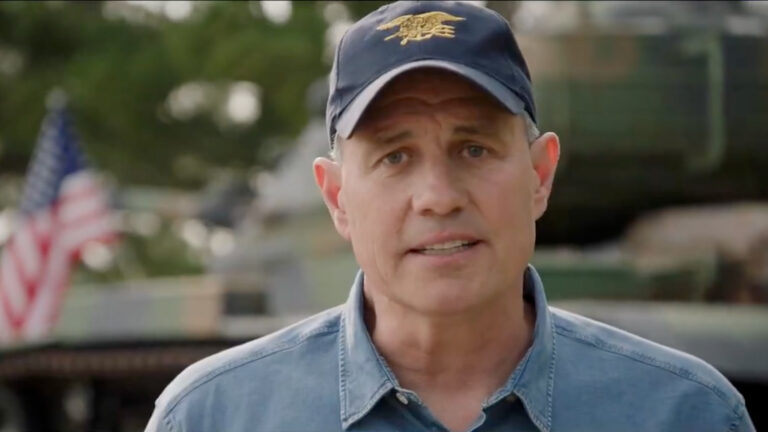
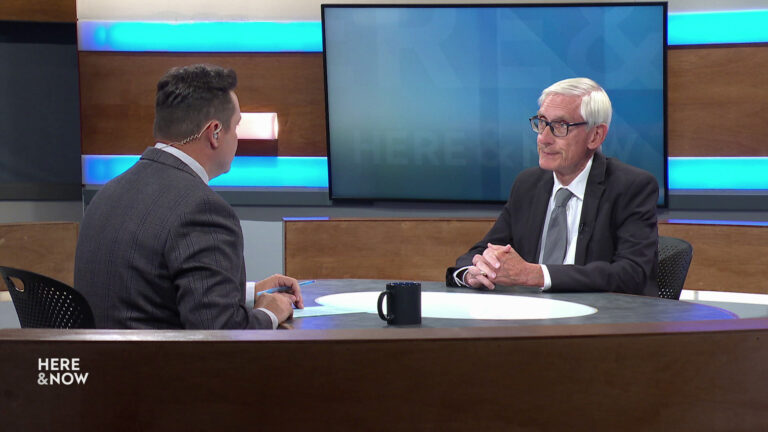
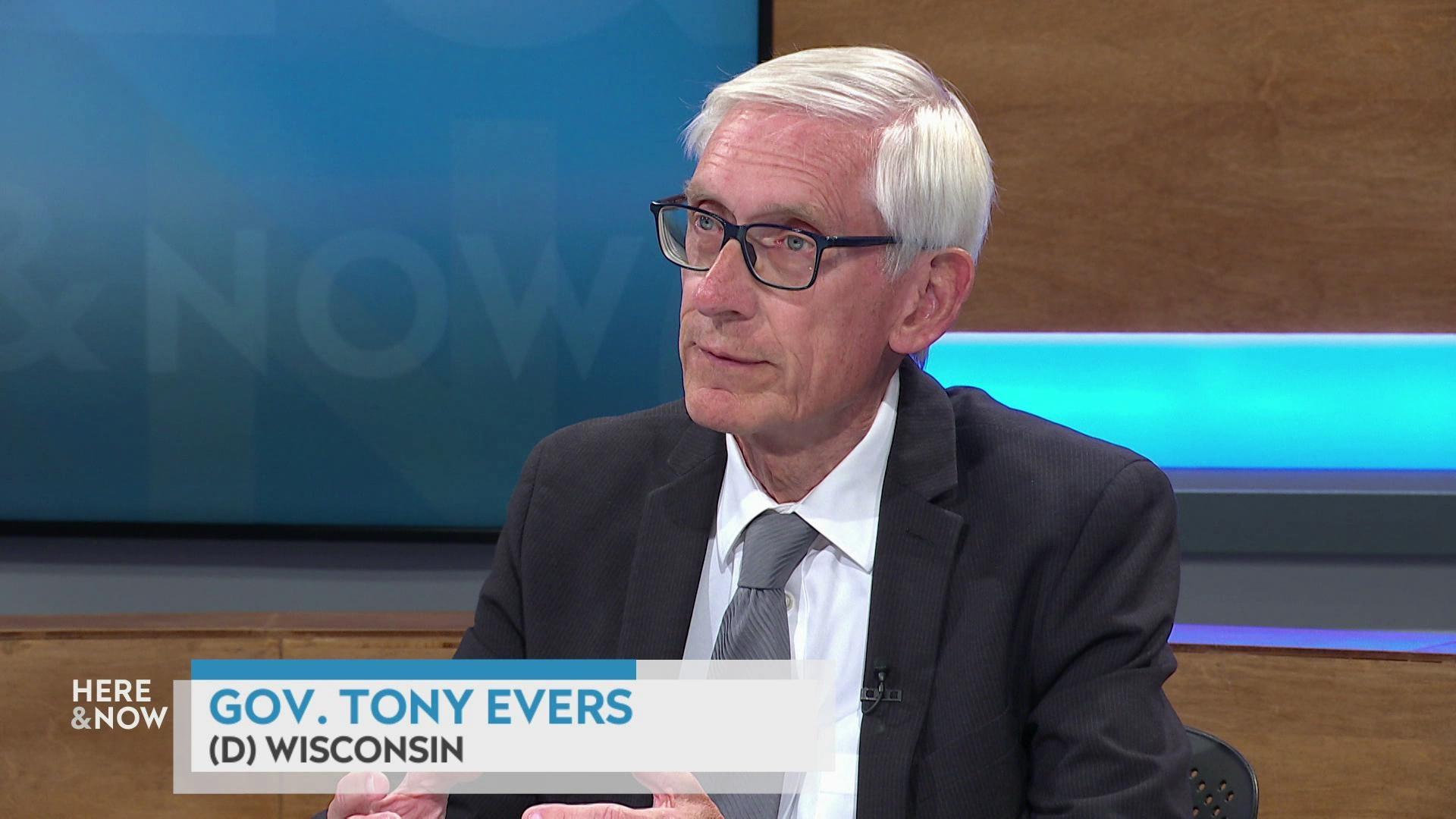
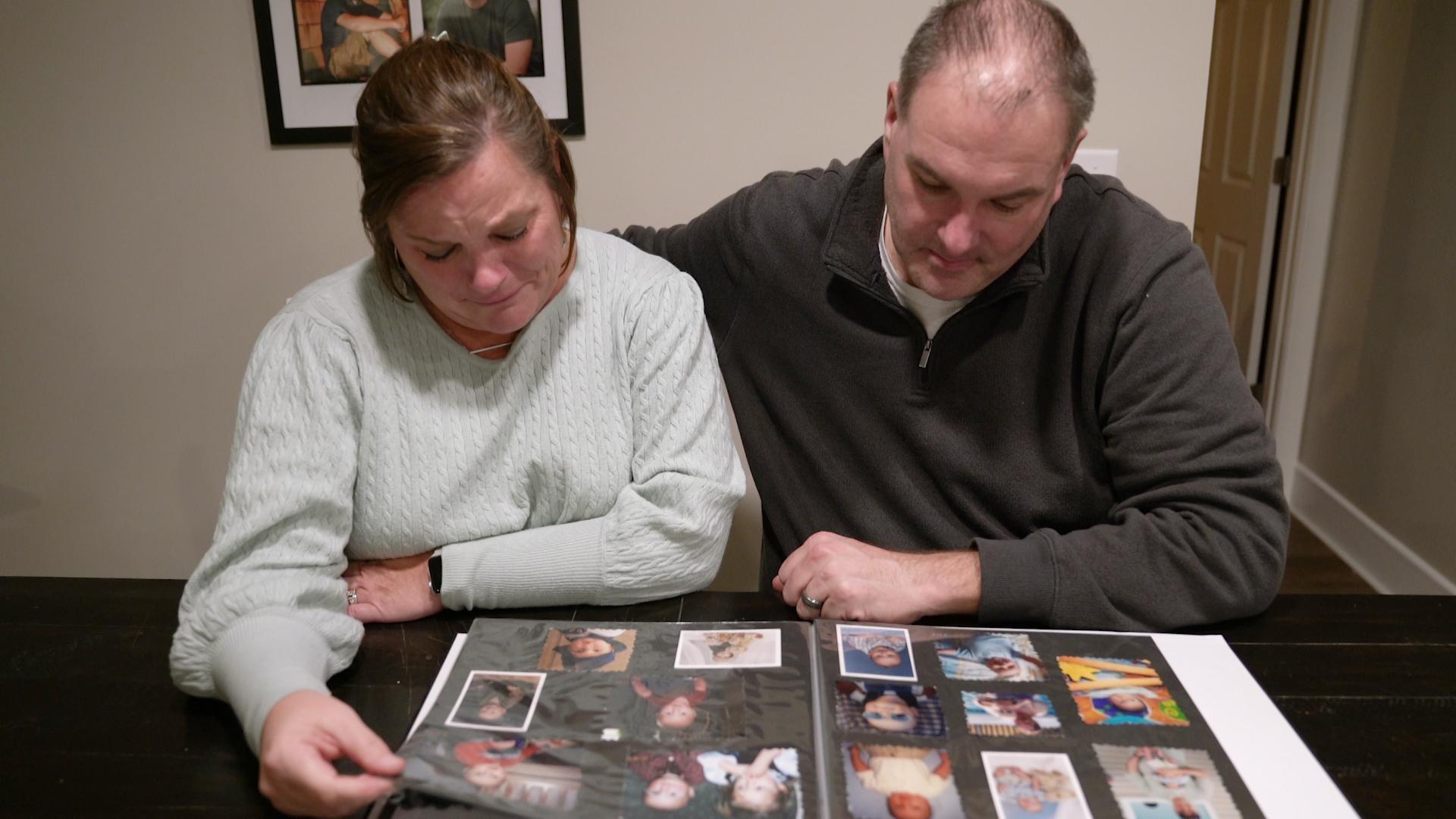
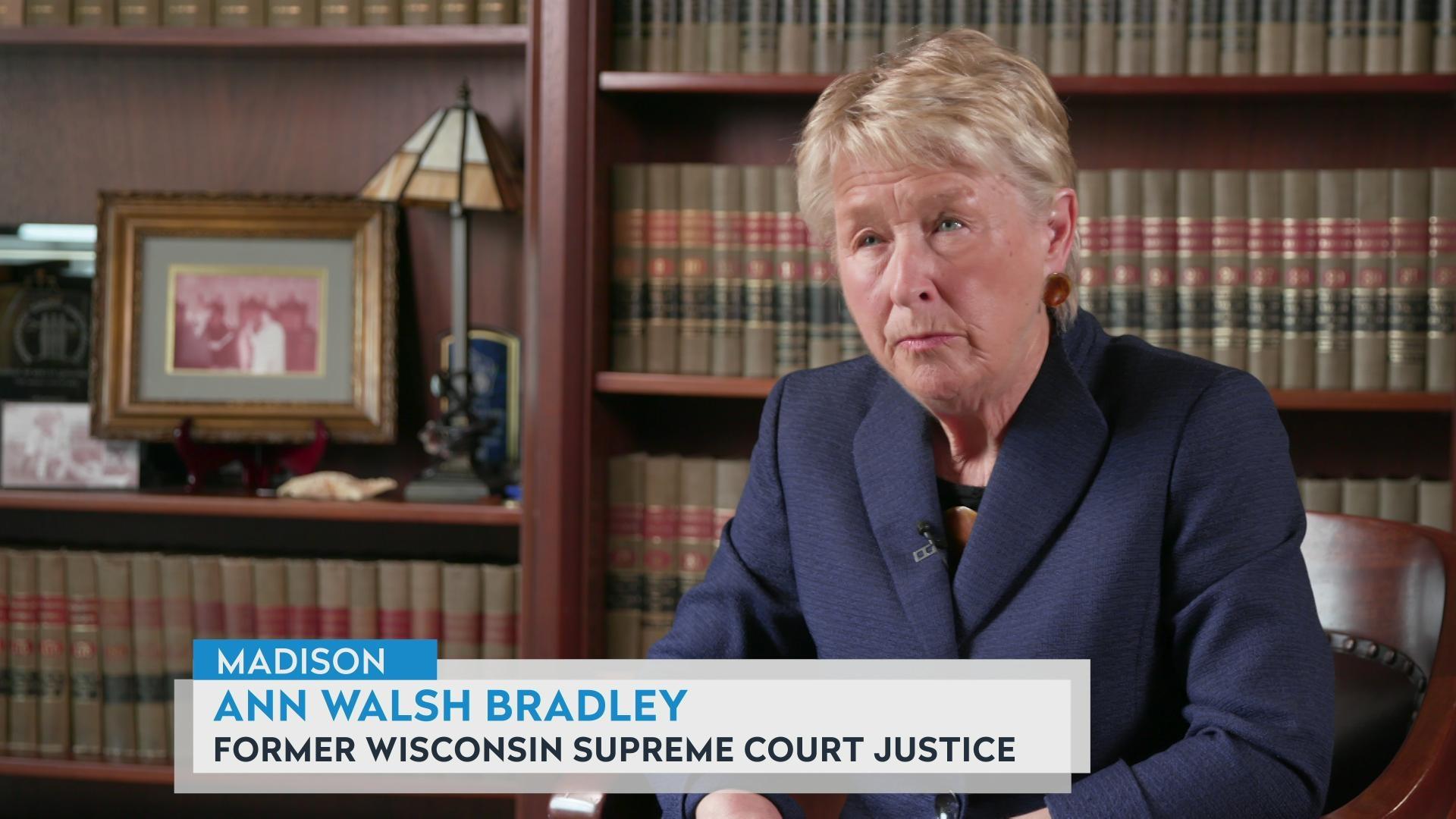
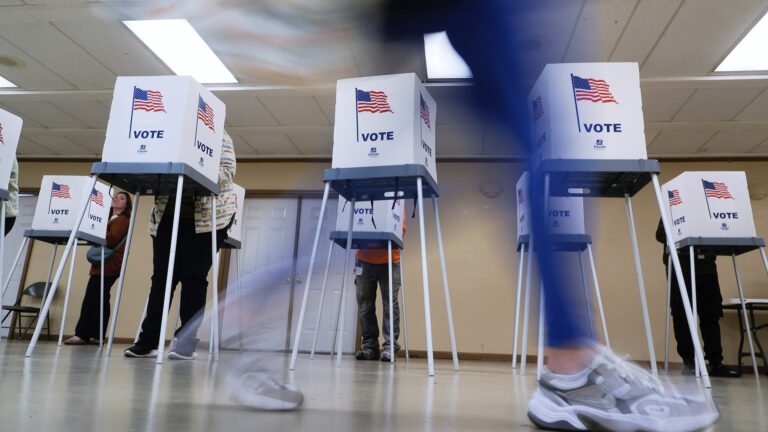
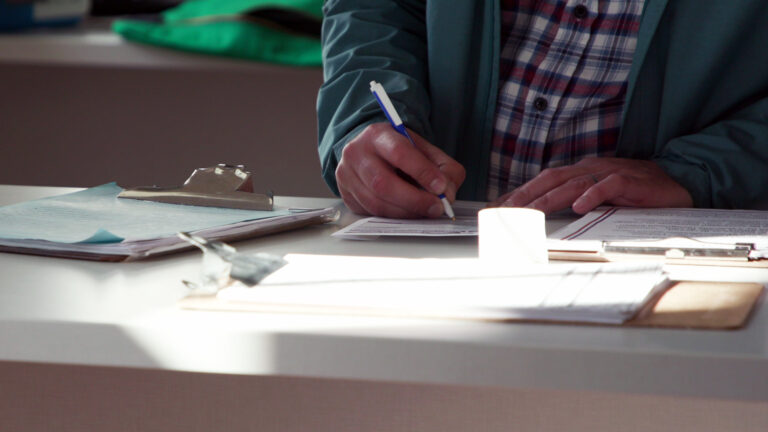
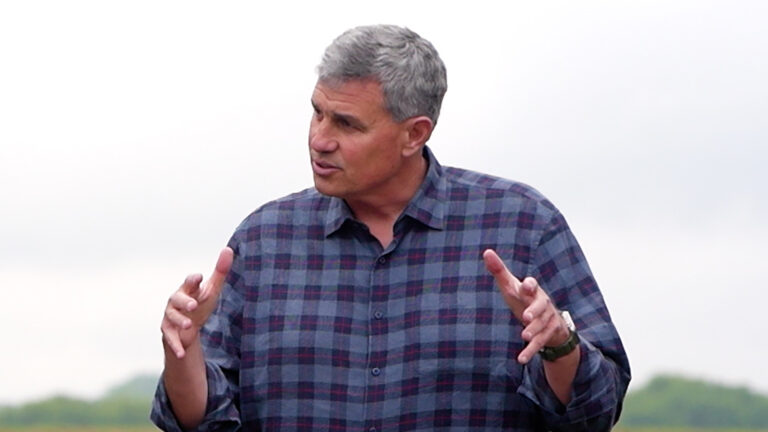
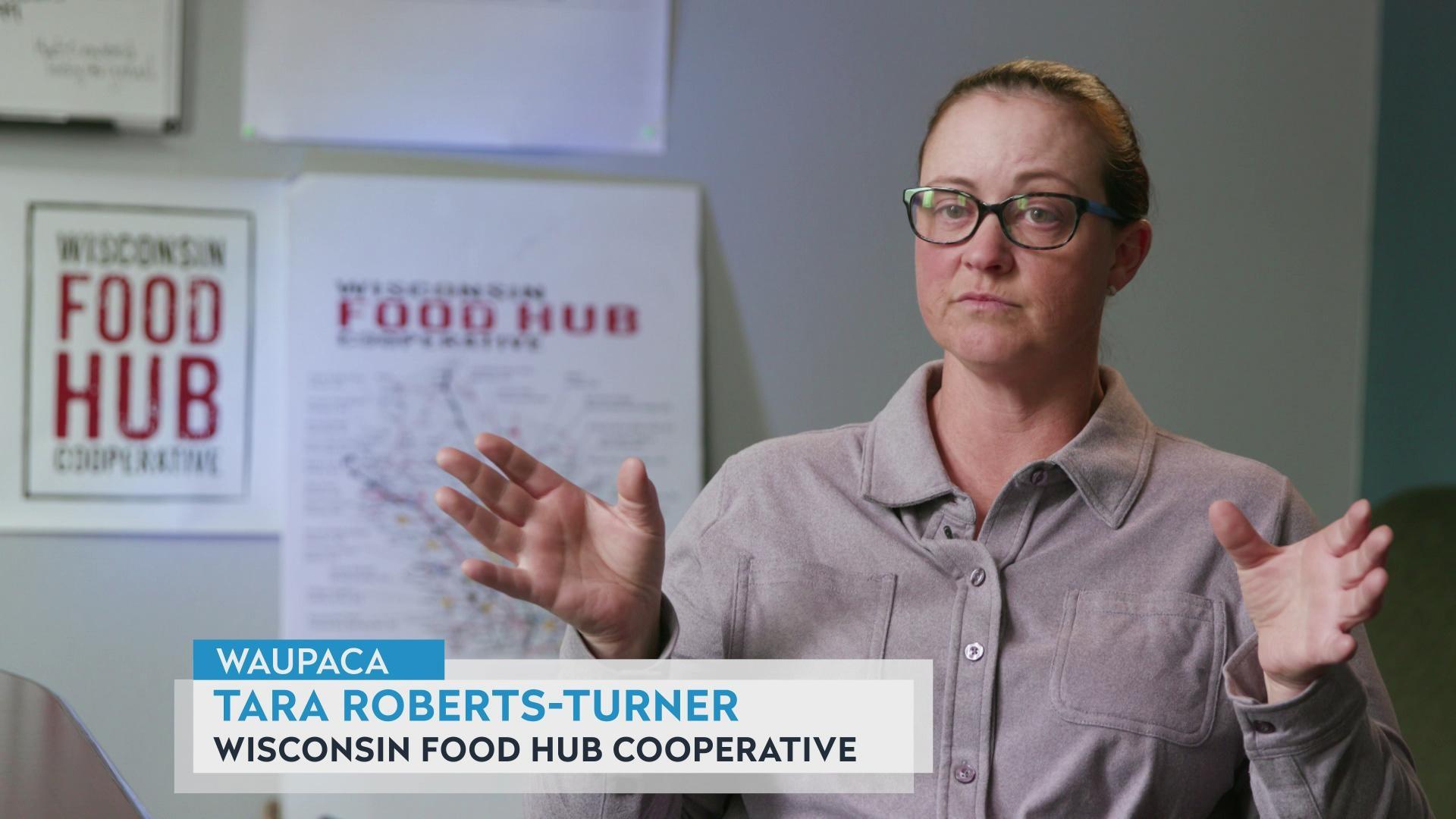
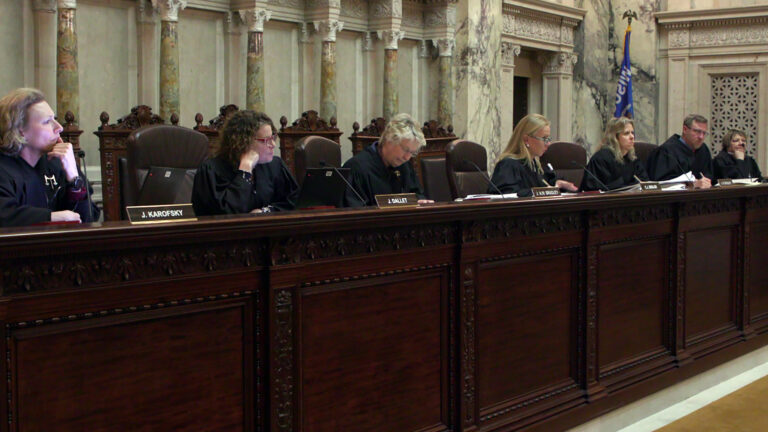
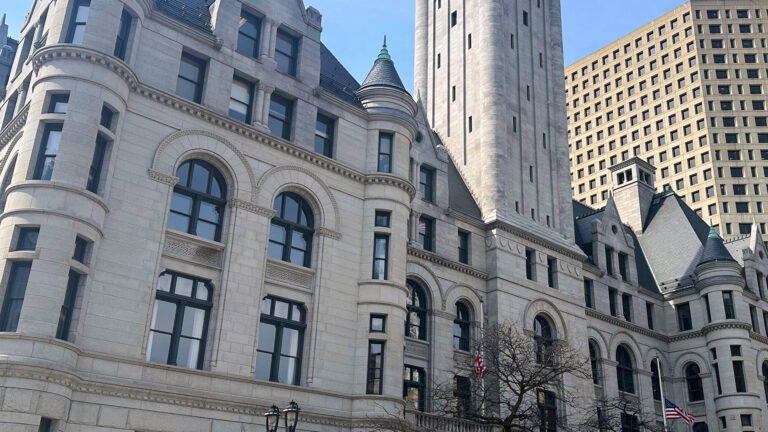

Follow Us